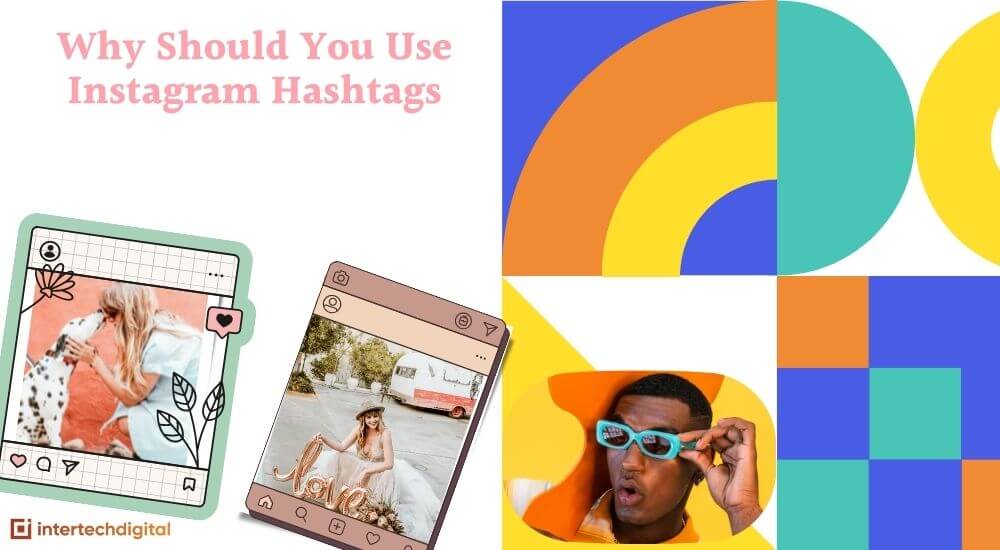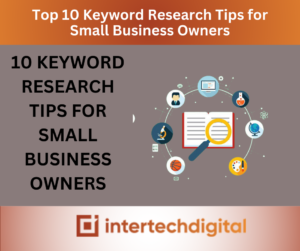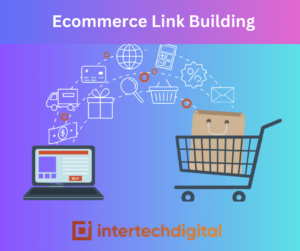In principle, hashtags are optional additions to Instagram posts and Stories. Instagram hashtags, on the other hand, are critical for social media managers. You must master hashtags if you manage Instagram profiles for your company or clients.
You must know how to choose the proper hashtags, how many to use, and how to track their use if you want to build your audience, boost engagement, or generate more clicks.
Don’t worry if that sounds like a lot. This Instagram hashtags guide will teach you all you need to know to design and implement a successful plan. We’ll even go through the fundamentals first to ensure that everyone is on the same page.

What Are Hashtags on Instagram?
Hashtags begin with the # symbol and can contain any combination of letters, numbers, or words. A hashtag, for example, is #Agorapulse.
All hashtags on Instagram are clickable. That implies you can use them to navigate to another page by clicking on them. The link will take you to a website that lists all of the Instagram posts that use the hashtag.
When it comes to prominent hashtags, the most popular postings usually appear at the top of the page. The rest of the page is arranged in chronological order to show the most current posts. You may read the captions, interact with the material, and follow the account by clicking any of the postings.
Why Should You Use Hashtags on Instagram?
Hashtags are much more than just a fun way to spice up your Instagram Stories or post captions. They can help your account and your content in significant ways if you utilize them strategically.
Extend your Reach
Instagram’s organic reach has been falling for years. As a result, marketers are finding it more difficult to ensure that their content is seen by their fans.
Hashtags can help you get more people to see your post by letting Instagram know what it’s about. This information can be used by the platform to offer your content to followers who are interested in similar topics.
Enhance the Discovery Process.
Instagram has made it easier for users to find fresh content based only on hashtags over time. Users have long been able to access relevant information by clicking on hashtags or searching for them in the Explore tab.
Users can now subscribe to hashtags by clicking the blue Subscribe icon on any hashtag page. Even if they don’t follow your account yet, Instagram will automatically offer hashtagged items in their feeds.
As a result, more people will be able to find your brand and engage with your content. They can follow your account with a single click if they like what they see.
Campaigns should be Promoted
Many hashtags are descriptive or contextual, but they don’t have to conform to those criteria. Hashtags can also be used to promote your business or marketing initiatives.
Because hashtags are searchable and trackable, you can quickly track the performance of your brand or campaign. You can check how many people have hashtagged your brand or entered your giveaway, for example.
UGC as a Source
There’s a strong possibility your account won’t be the only one using a branded hashtag once you’ve established one. Customers, admirers, and even influencers are more inclined to use your hashtag in content that is relevant to them.
To see what others have said about your brand, you may monitor or search your hashtag at any moment. If you like user-generated content (UGC), you might wish to share the posts in your own feed—as long as you credit the original creator.
Assemble Communities
Using hashtags in your Instagram posts helps you to participate in conversations that are relevant to your business. You may raise awareness of issues and develop communities by providing relevant, high-quality content to the hashtag.
More Resources: Why Is It So Popular To Increase Instagram Followers?
More Resources: 9 Different Ways To Get More People To Follow You On Twitter



